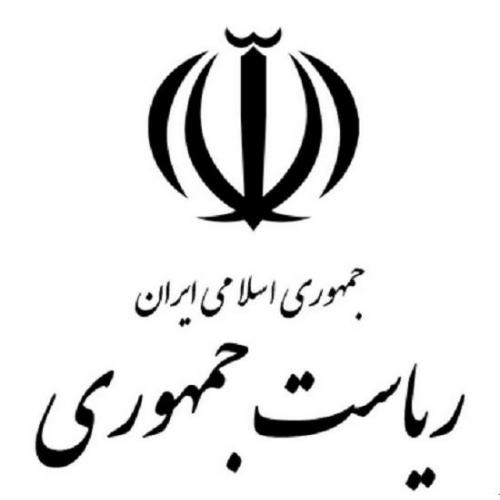
-
بررسی آییننامهها و دستورالعملهای برنامه هفتم پیشرفت
-
بررسی عوامل موثر بر افزایش تصادفات و تلفات جادهای و سوانح رانندگی و دادهکاوی تلفات انسانی
-
سازماندهی و بازآرایی فضایی آموزش عالی کشور
-
به روز رسانی سند ملی آمایش سرزمین
-
انجام مطالعات مناطق آزاد به عنوان نواحی پیشران اقتصادی کشور
-
اصلاح ساختار بودجه و پیاده سازی نظام یکپارچه مدیریت اطلاعات مالی دولت (IFMIS)

Inflation and exchange rate fluctuations have been persistent challenges in Iran's economy for several decades, leaving policymakers grappling with these issues. Double-digit inflation rates and currency shocks have become almost commonplace, characterizing the country's macro-economy for nearly half a century. However, in the past five years, these two issues have exacerbated Iran's economic situation, leading to unprecedented levels of inflation and exchange rates. Addressing inflation has become a priority in the country's policymaking, as reflected in the current year's slogan.
This meeting focuses on the outlook for Iran's economy in the remaining months of the current year, particularly with regard to inflation and exchange rates. The overarching question is how to effectively control exchange rate fluctuations and curb inflation. While contractionary policies implemented by the government over the past two years have yielded some positive results, specifically a decline in inflation during the spring, there are concerns about the impending fall season and the remaining months of the year. Thus, the crux of the matter lies in devising strategies to control inflation and currency for the rest of the year, ensuring that the gradual trend of inflation reduction continues while evaluating the effectiveness of previous policies.
The insights gained from the scientific director and speakers at the scientific conference of the Center for Development Research and Foresight highlight the need for a paradigm shift in economic policies to effectively manage currency and inflation in Iran's economy.
The current economic situation is attributed to the detrimental effects of government policies that prioritize demand-side measures. To break free from this predicament, a fundamental transformation of government policies is imperative. This entails a radical shift from demand-side to supply-side economic policies.
Elevating knowledge capital and social capital to the forefront of policymaking holds the key to rejuvenating the supply side of the economy and fostering the conditions for sustainable economic growth and effective inflation management. To achieve this transformation, targeted investments in information technology infrastructure and the capabilities for the growth and development of the digital economy are crucial. Leveraging existing human capital within the country and harnessing the global accumulation of knowledge, technology, and innovation will be pivotal in this endeavor. Specific policy recommendations and strategies include:
- Revisiting the Governance Structure: Reexamine the governance institution's structure, ensuring that overall system policies are oriented towards fundamental transformation in national management, while the three branches of government (executive, legislative, and judicial) focus on the implementation of daily policies. Bridging this gap will pave the way for policymaking that effectively addresses economic challenges.
- R&D-Driven Policies: Implement overarching policies that prioritize increased expenditures in research and development, knowledge, and technology to enhance productivity and fuel economic growth.
- Bank System Balance and Real Economy Focus: Regulate bank imbalances and prioritize real economy considerations.
- Reducing Credit Liabilities: Alleviate explicit and implicit credit obligations on banks, such as those arising from the Housing Production Leap Law, knowledge-based company support, housing deposit schemes, and marriage facilities.
- Expectation Management and Social Capital Development: Foster trust-building, social capital development, and public participation through companionship and empathy to achieve economic growth and development, ultimately enhancing policy effectiveness.
- Diversifying Foreign Exchange Revenues: Diversify foreign exchange revenues by transitioning away from the foreign exchange market monopoly and addressing its instability.



